Honda has a lot of great cars in its fleet. One of those cars is the Honda Accord. The Accord is considered one of the most reliable mid-sized cars on the market. Though Honda has built the Accord to be a reliable vehicle, the possibility of a part breaking is still there. With the help of car experts, we ask them some of the most common reasons why your Honda Accord is shaking. Here is what we got from them.
The Honda Accord is a great car that handles well and drives smoothly. But like like any other car, you may start to feel a bit of shaking or vibrations; multiple reasons can cause this. Here are some of the reasons why your Honda Accord is shaking:
- Faulty fuel pump
- Worn breaks and/or rotors
- Damaged engine or transmission mounts
- Low transmission fluids
- Misfire
- Worn suspension
- Warped tires
Having a shaky car may ultimately damage other parts of your vehicle, so it's best to seek out professional help once you start to suspect any of these given reasons. Doing this early will lower the risk of a component from permanently breaking. For more information about your vehicle, keep reading below.

Honda Accord Shaking
If your car starts to shake or vibrate, it's best to locate where it's coming from. You can drive around a bit to get a feel of your vehicle. Another way is to listen; as your car starts to shake, parts could be rubbing on each other, creating lots of noise.
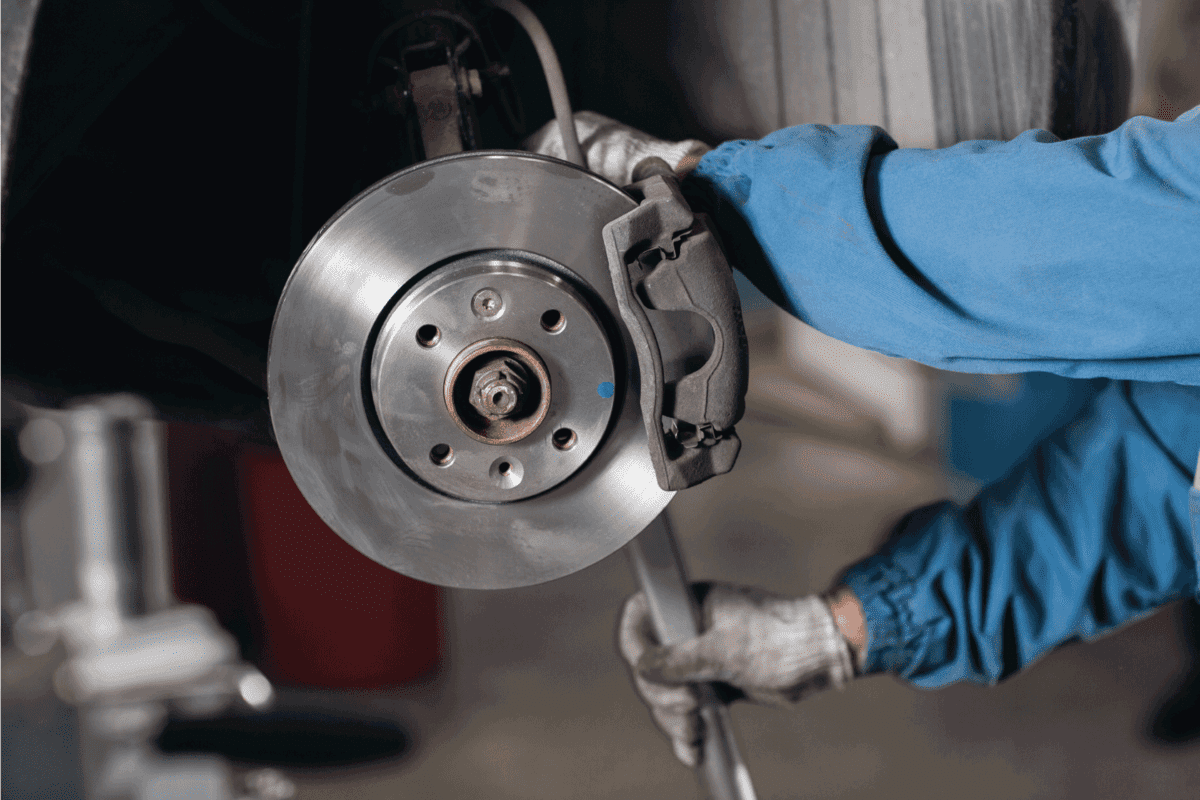
How Do You Tell If Your Rotors Need Replacing?
Driving with worn or damaged rotors is very dangerous. You can damage your brakes, not be able to top on time, and feel the vibration if you don't address this problem right away. Here are some of the signs you should look out for to know if you need new rotors:
- When your rotors make a screeching sound
- Cracks on your rotors
- Warped rotors
- Your car shakes when your braking
- It takes a while for your to stop after braking
One of the things you can do to check if your rotors need replacing includes feeling your rotors. Run your fingers to the outside of the rotor and try to feel for any significant lip. If you feel one, this means your rotors are getting thin.
You must do this while the rotor is cold. If you do this right after you've just used your vehicle, that rotor will still be hot from all your braking. Give it some time to cool, then test it out.
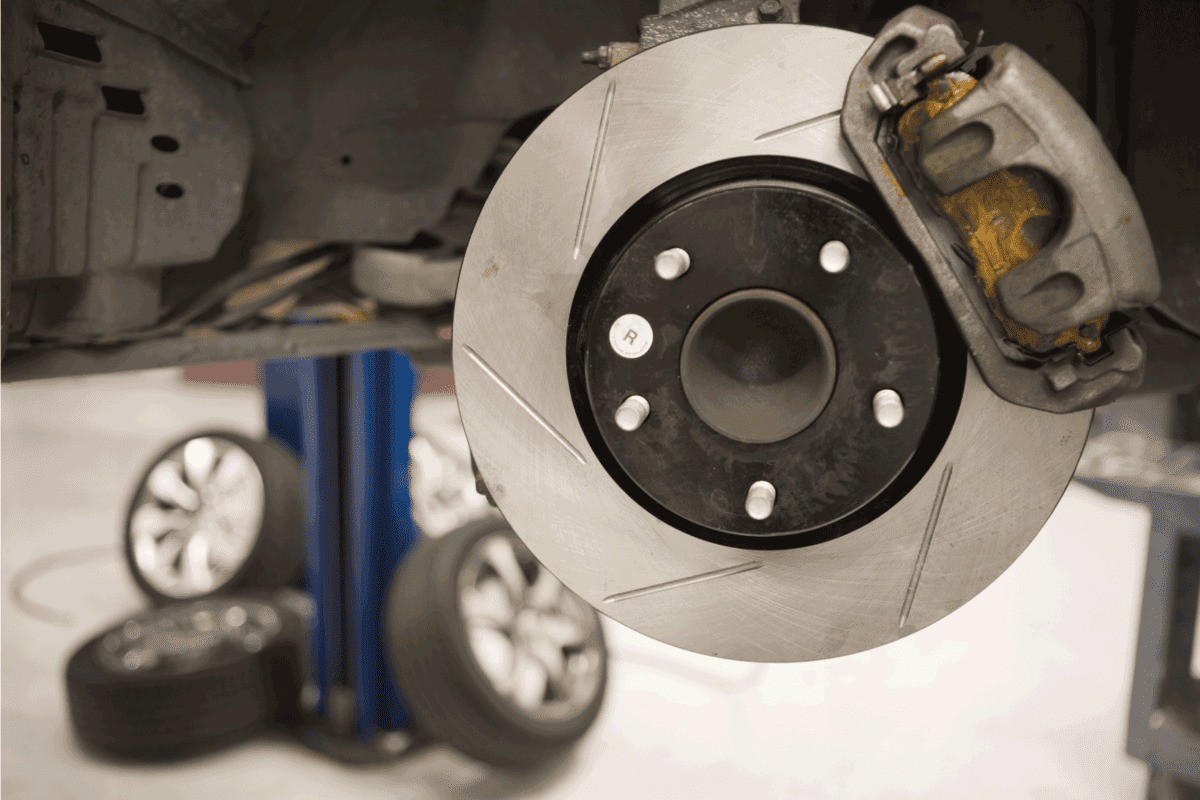
How Often Do You Replace Brake Rotors?
You should replace your brake rotors around 50,000 to 70,000 miles. It's essential for you and your passengers' safety to track when you need to replace your brake rotors.
Take note that the time you need to replace your brake rotors will depend on how much or aggressively you use your brakes. A clear sign you need to change your brake rotors is when you press on your brake pedal, and your car starts to shake or vibrate.
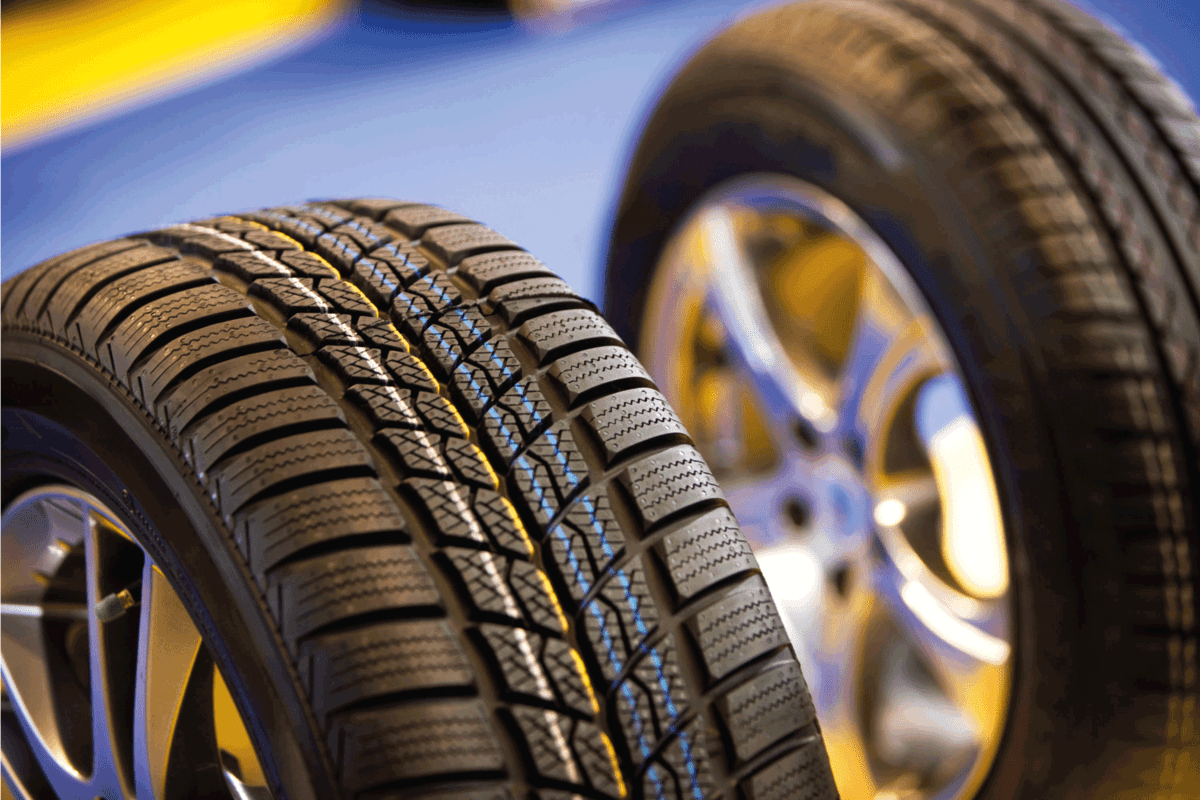
What Does An Unbalanced Tire Feel Like?
You'll know if you have an unbalanced tire when you feel your steering wheel shake when you reach a certain speed. One common instance where you'll feel the unbalanced tire is when you're at the freeway and when you reach a certain speed, your steering wheel will start to shake.
An unbalanced tire will only shake your steering wheel when you're at a certain speed. When you start to decrease or increase in speed it should go away. If you still have a shaky steering wheel after increasing or decreasing your speed this could be a different problem.
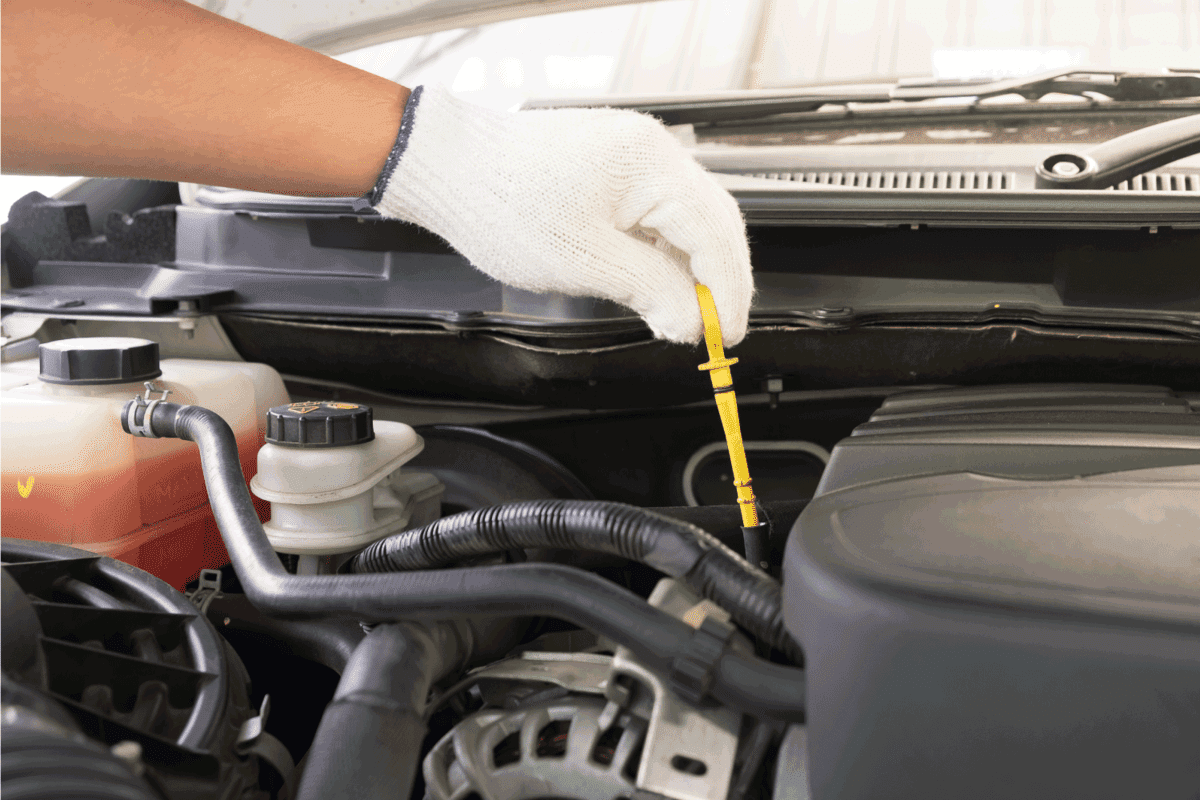
Can I Check My Transmission Fluid?
Yes, you can definitely check your transmission fluid. It's also a good thing to regularly check your transmission fluid because doing this will prevent your transmission from permanent damage. Before you check your transmission fluid, you should make sure that your vehicle is parked at a leveled surface to get an accurate reading.
Some Hondas may be different. Unlike other cars, you have to turn on your vehicle to get the transmission fluid to reach operating temperature then turn it off once it reaches that point.
The next step is pulling the transmission fluid dipstick off, then cleaning it, reinserting it all the way down. After reinserting your dipstick, you'll be able to get your accurate reading.
A transmission fluid dipstick will be similar to the dipstick for checking the engine oil level. After checking, make sure that your transmission fluid is in the hot marker (not all transmission dipsticks have a hot and cold indicator, the hot marker is the upper one).
One thing to note is some modern vehicles don't have a dipstick. You'll have to consult your vehicle's owner's manual guide to locate where it is. If there isn't anything listed, it's most likely that your vehicle only has inspection plugs on the side of the case and will need special procedures to be able to check and refill your transmission fluid.
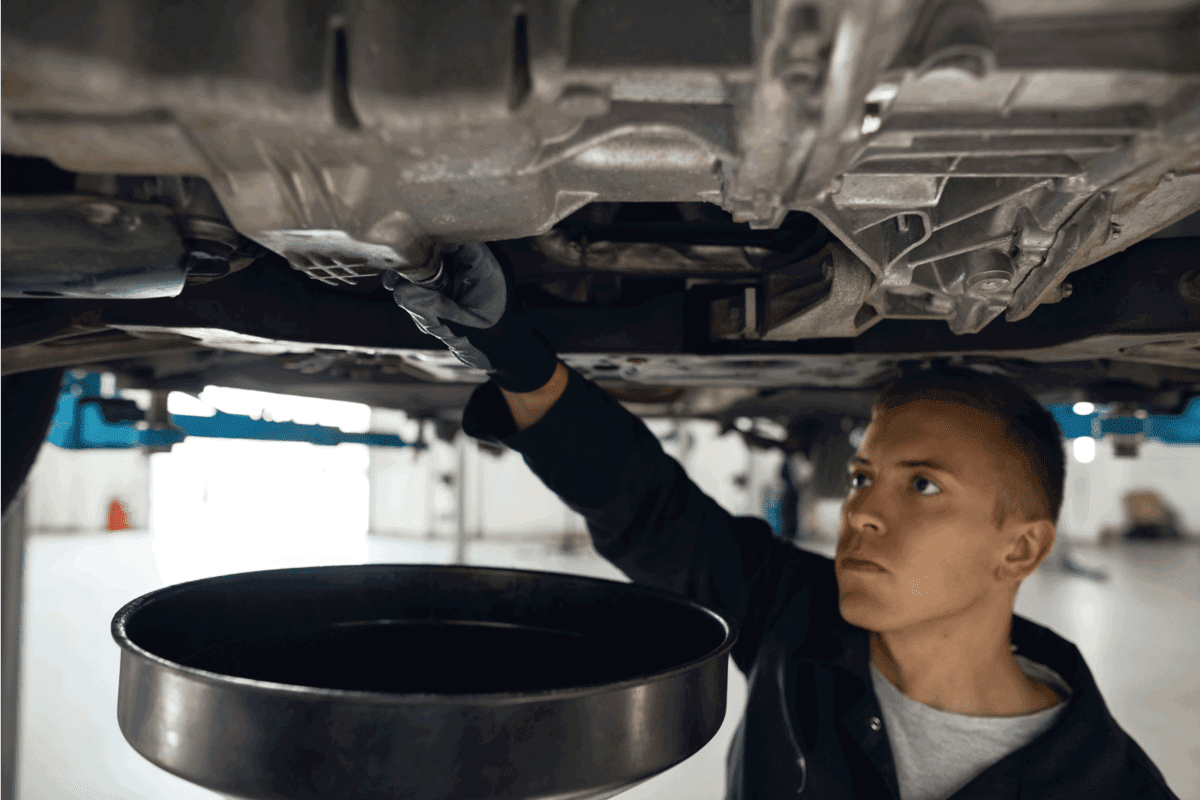
How Often Do You Change Transmission Fluid On A Honda Accord
Lubricants like transmission fluids help your vehicle run smoothly, making sure that any metal parts don't grind upon each other. They also keep some of the heat down. So it is essential to keep track of when it's time to change your transmission fluid.
You should consider changing your transmission fluid when you hit the 80,000-mile mark. Changing your transmission fluid can also be done while your getting a general inspection for your car. After every inspection, your mechanic will most likely tell you if you need to change your car's fluids.
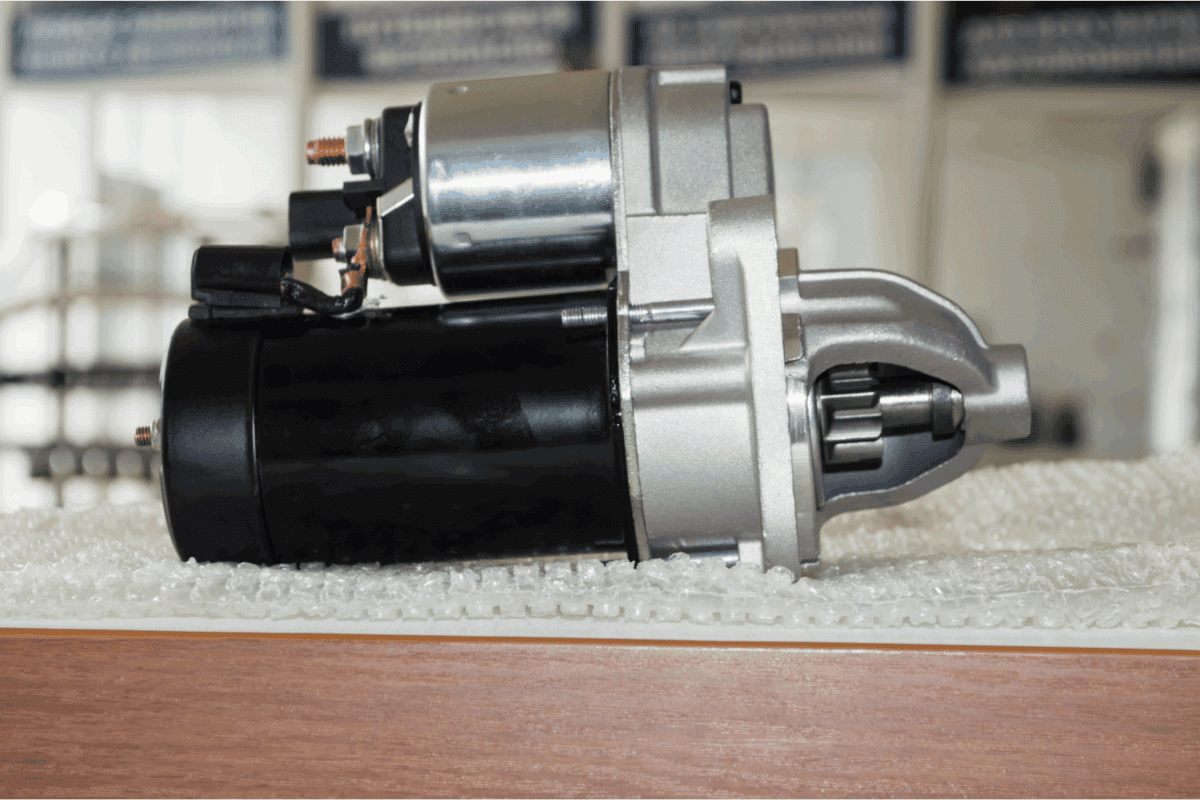
What Are Common Bad Starter Symptoms?
If your car doesn't turn on, you may have a bad or damaged starter. A starter is a small motor that gets your car running. A bad starter can be confused for other car problems, so here are some common symptoms of a bad starter.
You have lights, but your car does not start - when you try to start your vehicle, you may notice that the lights come on, but your vehicle does not start at all.
The engine won't crank - if you keep trying to turn your vehicle on, but these no click, or it won't start. Your vehicle won't also turn on even if you jumpstart it.
Smoke is coming out of your car - when your starter overheats, it can cause all kinds of electrical issues such as blown fuses and short circuits producing smoke. If you start to see or smell smoke, it's best to stop trying to turn the car on and call for help.
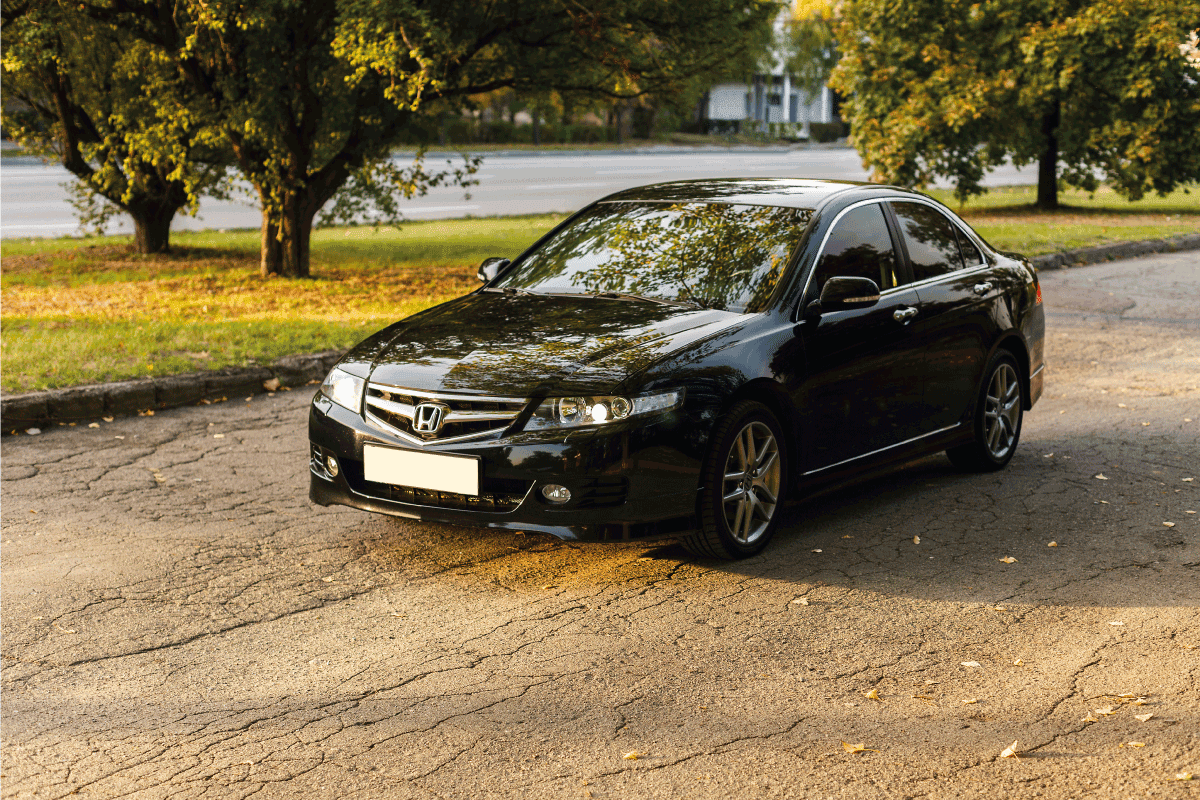
Closing
A shaking car can be caused by multiple problems. You may tell what's your problem by going around your vehicle and looking out for signs of wear and noise; you'll sometimes hear metal parts rubbing on each other, causing your car to shake.
Bringing your vehicle for regular inspections will decrease the chances of your car shaking and vibrating. Some of these problems can permanently damage your vehicle.
For more automotive information and tips, check out the following posts.
Driving With Low Tire Pressure (How To Do So Safely)
Can You Have A Passenger While Driving For Uber, Lyft, Uber Eats, Or Doordash?
